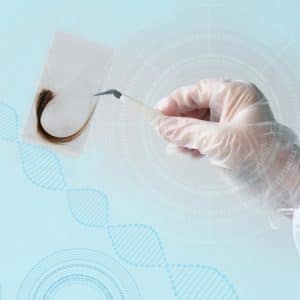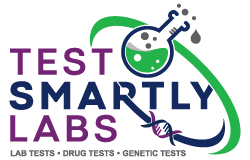Get Started, It's Easy!
- Choose
Location - Schedule
Appointment - Get Test
Now
Price: $55 / Online Prepay Price: $50 Step 1: Choose a Testing Center location Step 2: Select desired appointment date & time Step 3: Choose "Online Prepay" to receive lowest price OR, select "Pay In-person" option for standard pricing Step 4: Complete the required fields and get tested
12-Panel Rapid Screen ONLY: Urine specimen is screened for the evidence of 12 different drugs or drug metabolites, all in one test. Tests for Oxycodone (OXY), MDMA (Ecstasy/Molly), Amphetamines (AMP), THC, Cocaine (COC), Opiates (OPI), Phencyclidine (PCP), Barbiturates (BAR), Benzodiazepines (BZO), Methadone (MTD), Methaqualone (MTQ), Propoxyphene (PPX). SCREEN ONLY; NO Lab Confirmation or MRO. Specimen Type: Urine

Choose "Pay Online" to receive the prepay discount OR choose "Price Varies" to pay the standard price in person.


Choose "Pay Online" to receive the prepay discount OR choose "Price Varies" to pay the standard price in person.


Choose "Pay Online" to receive the prepay discount OR choose "Price Varies" to pay the standard price in person.


Choose "Pay Online" to receive the prepay discount OR choose "Price Varies" to pay the standard price in person.


Choose "Pay Online" to receive the prepay discount OR choose "Price Varies" to pay the standard price in person.






